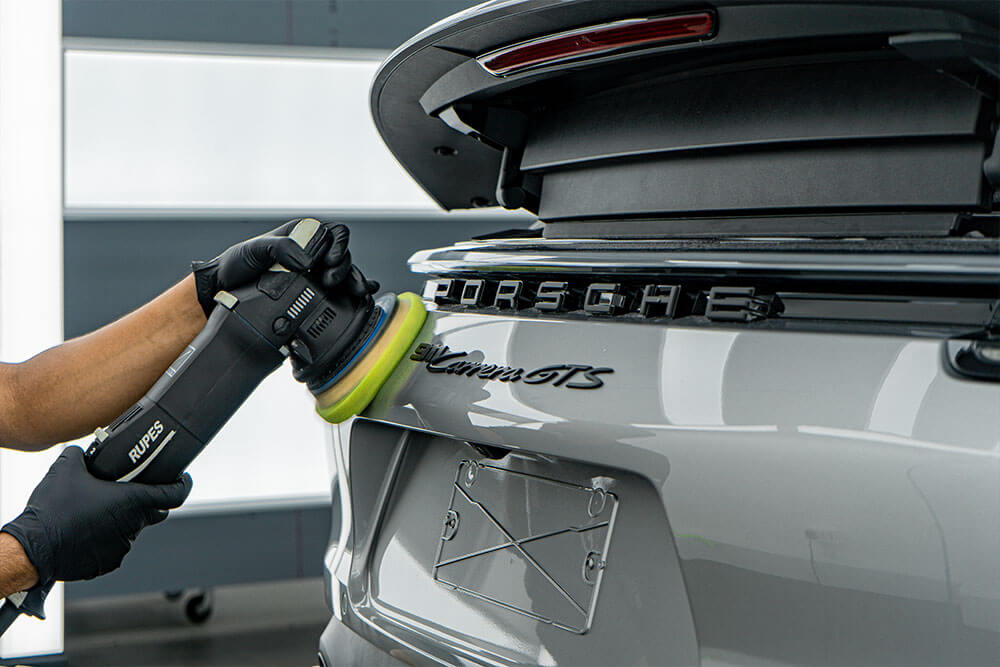
So, you’ve just spent a pretty penny—AED 13,000 (or more, if it’s a saloon)—to wrap your car in top-of-the-line, self-healing PPF (paint protection film). Not only does it come with a solid 10-year warranty, but it’s also designed to keep your car looking flawless for years. Now, here’s the catch: the next 48 hours are critical. This is the curing period, where all that high-tech adhesive and the self-healing film are setting themselves up to work magic.
But here’s the thing—you have to be careful. The film is at its most vulnerable during this time. A quick highway run could cause wind to lift the edges of your film. Even a too-soon car wash could push water under the film, disrupting the bonding process. These aren’t little things; these are the biggest causes of PPF installation failure. And, you don’t want that, do you?
This isn’t just a list of helpful tips—it’s expert advice from professionals who see this happen every day. How you handle those first 48 hours is the key to getting a long-lasting, perfect finish. So, let’s get into the “don’ts” that will save your investment.
The Science of Curing: Why You Need to Wait
So, why do you have to sit tight for those first 48 hours? Let’s get into the science. When the installer puts on the PPF, they use a special liquid (called a slip solution) to help the film slide into place perfectly. They get most of this moisture out when they apply the film, but some gets trapped between the PPF and the paint.
This trapped moisture needs to evaporate—it’s part of the curing process. The film is actually breathable, and those tiny pores let the moisture escape over the next couple of days. As the moisture disappears, two things happen: those little bubbles or cloudy spots will naturally fade away, and the adhesive finally forms a strong, permanent bond with your paint.
During this period, though, the film isn’t fully anchored yet. If you do anything that puts pressure on it—like high-speed driving or a harsh wash—you could mess with this delicate process and create lasting imperfections. So, trust the process—just let it do its thing.
The Absolute “Don’ts” for the First 48 Hours
Alright, here’s the hard truth: the success of your PPF installation depends on how you handle these first 48 hours. Here are the absolute no-gos during this critical time:
1. DON’T Wash the Car
This is the number one rule. Do not wash your car during the first 48-72 hours. High-pressure water is the biggest enemy here—it can push its way under the edges of the PPF, lifting the film before it’s fully tacked down. Even a gentle hand wash could introduce moisture or pressure that messes with the adhesive’s bond.
2. DON’T Touch, Poke, or Squeegee Bubbles or Haze
You might notice some little water bubbles or hazy spots under the film. Don’t panic! This is just the slip solution evaporating. It’s totally normal. DO NOT poke, press, or try to smooth out these spots yourself. Doing so could trap air under the film or introduce contaminants that stay there for good. Let it be—it’ll clear up on its own.
3. DON’T Drive at High Speeds
I get it—you’re eager to take your newly wrapped car for a spin. But here’s the deal: high-speed wind resistance can catch the vulnerable edges of the PPF, especially on the front bumper, hood, and side mirrors, and cause them to peel back. Keep it chill for the first couple of days and stick to moderate driving.
4. DON’T Park Under Trees or Near Obvious Contaminants
While your PPF is tough, the top coat is still settling during those first 48 hours. So, avoid parking under trees, where you could get bird droppings or tree sap on the film. These can be tougher to clean off and might cause minor marks before the film has fully hardened. It’s better to be safe than sorry.
What to Expect After the Curing Period
Once you’ve made it through the 48-72 hour mark, you’ll start to see things change. The film will be way more secure, as the adhesive will have had time to tack down properly. Those little bubbles or haze spots? Yeah, they’ll be mostly gone.
But don’t get too excited just yet—full curing can take a little longer, sometimes up to a week. The heat and sun in places like Dubai will actually help speed up this process, so don’t worry, it’s all moving in the right direction.
Once that first period is over, it’s safe to give your car its first gentle hand wash. Just remember—no high-pressure washes directly on the edges for at least the first week.
Trust the Process for a Perfect Finish
So here’s the bottom line: during the first 48 hours, don’t wash, don’t touch the bubbles, and don’t go for high-speed driving. It might seem like a lot of rules, but following them is absolutely key to getting the flawless, long-lasting finish you paid for.
Patience is the key. The film is doing its thing—bonding and settling—and it’s worth the wait. If you see any problems after the first week, get in touch with your professional installer, but as long as you’ve followed these simple rules, your car will be looking as perfect as the day it was installed.


